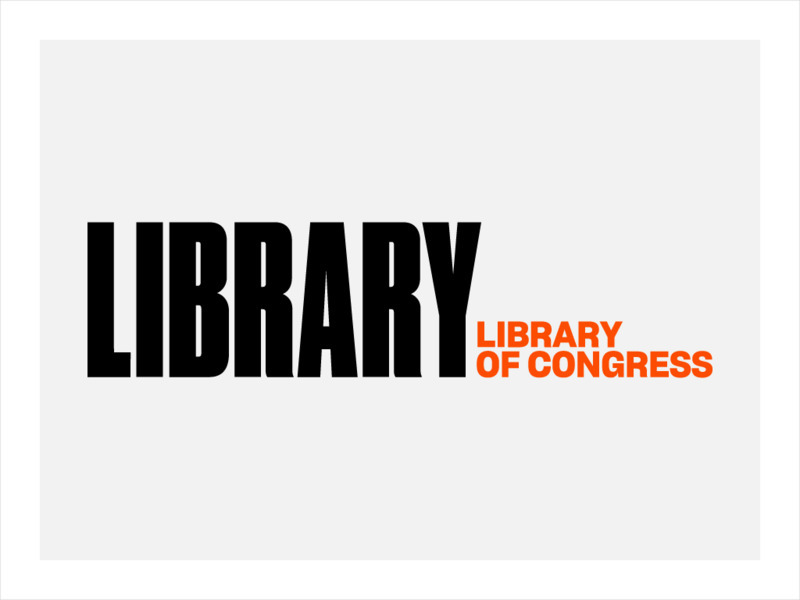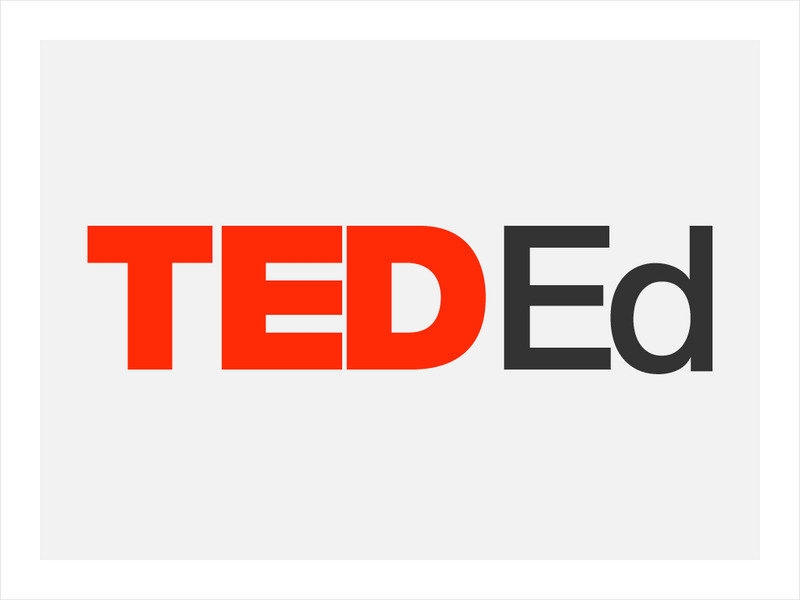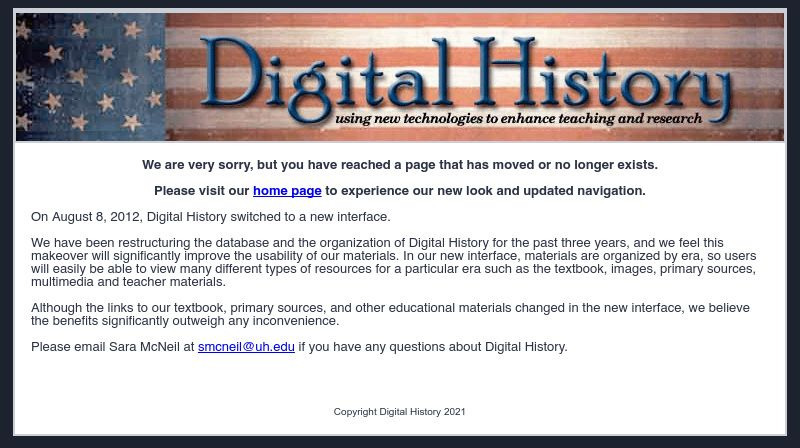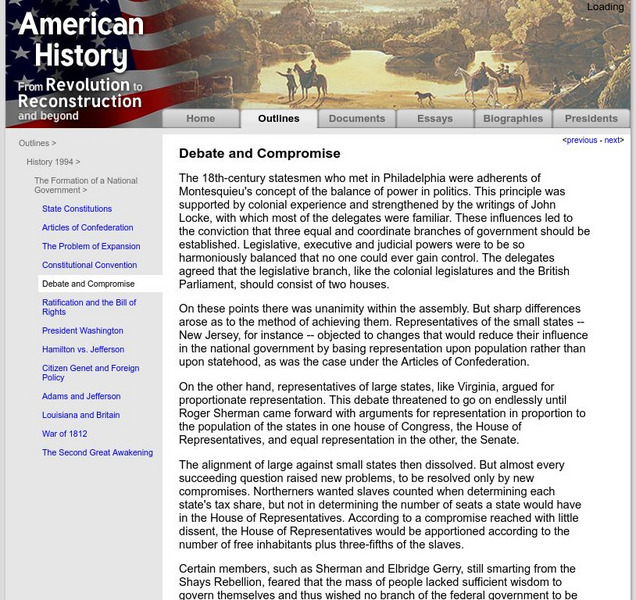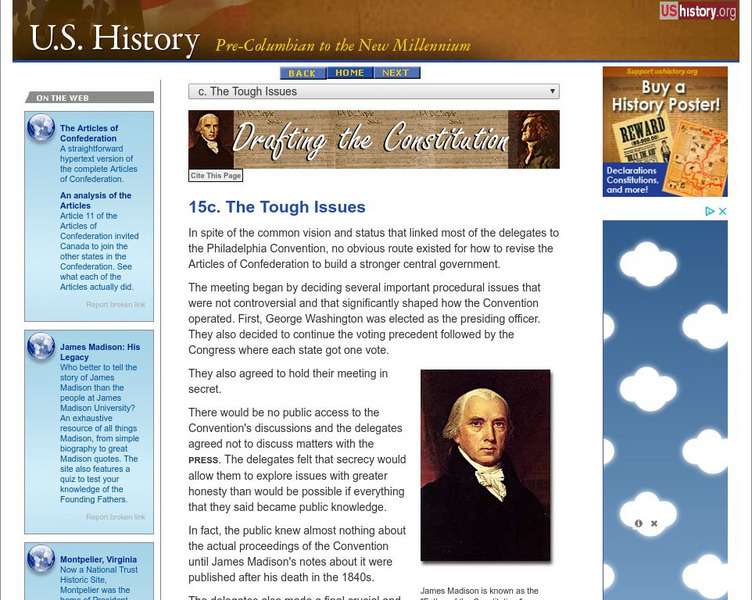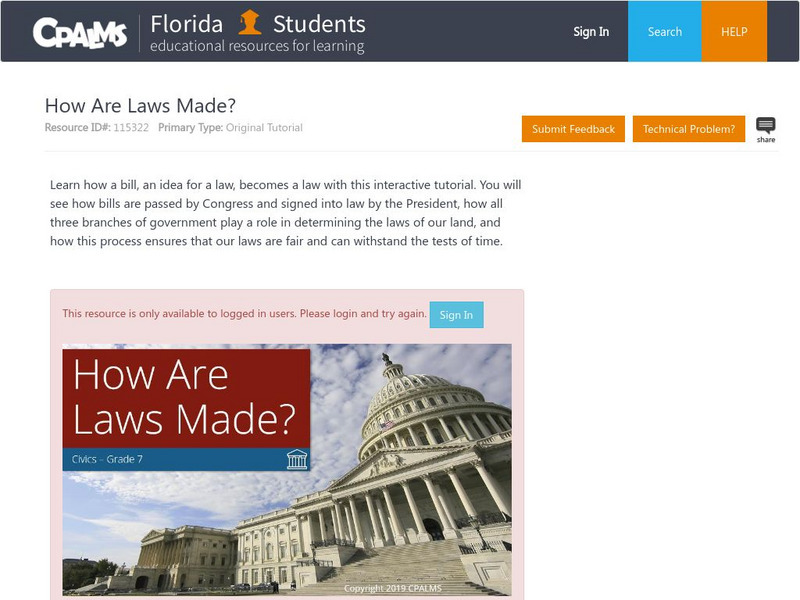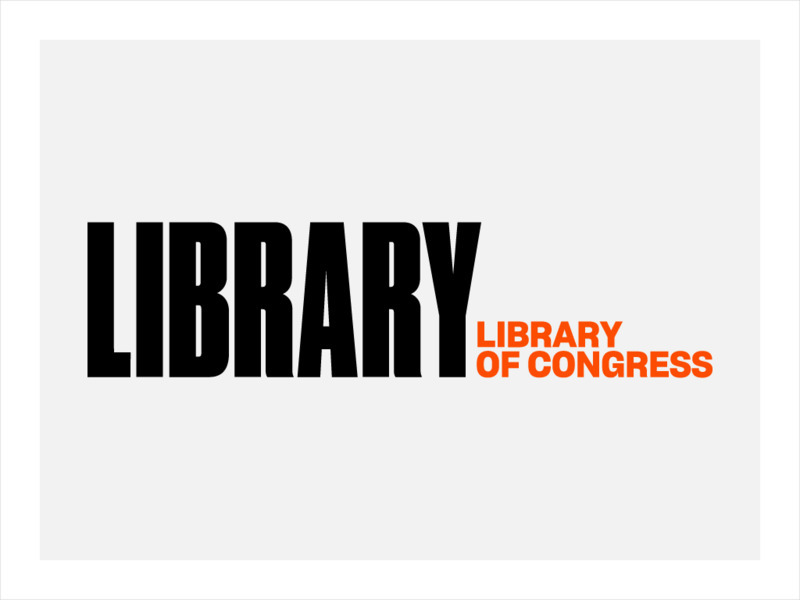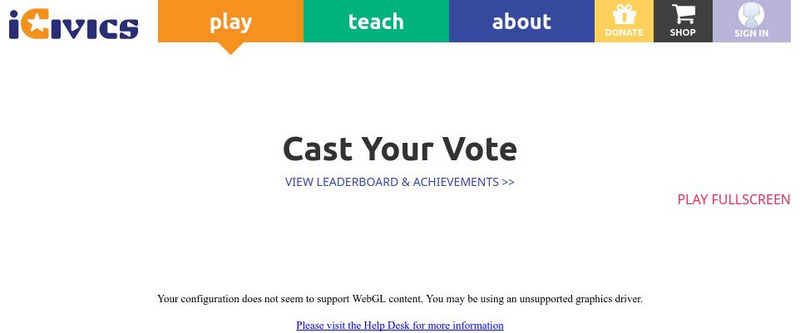Hi, what do you want to do?
US National Archives
National Archives: The Constitution in Action: Article Ii
This activity can be used during a unit on the U.S. Constitution. Learners will analyze the Senate Journal of the First Congress and identify how the document demonstrates content contained within Article II of the Constitution in...
US Government Publishing Office
Ben's Guide to u.s. Government: Games
Test your knowledge of U.S. geography and government with these games and printable activities. In one game, see if you can place all 50 states in their correct location. In the second game, see if you can recognize the powers of each...
ClassFlow
Class Flow: Government Vocabulary
[Free Registration/Login Required] This flipchart reviews important vocabulary regarding the three branches of the United States government.
Library of Congress
Loc: Constitution Day Resources
A selection of online resources from THOMAS that have to do with the US Constitution.
US Government Publishing Office
Ben's Guide to u.s. Government: Our Government
Cartoon Ben Franklin guides students through the U.S. government by providing short descriptions of the legislative, executive, and judicial branches.
Other
Texas Transparency: Texas State Government at a Glance
A quick, organized look at the history and organizational structure of the three branches of Texas state government.
US National Archives
Docs Teach: Separation of Powers or Shared Powers
In this activity, students will analyze documents that illustrate the relationship between the legislative, executive and judicial branches. Using the scale in Weighing the Evidence, students will decide whether the United States...
TED Talks
Ted: Ted Ed: How Is Power Divided in the United States Government?
Video accompanied by questions for students that looks at how the concept of separation of powers embedded in the Constitution is applied in the United States government. [3:50]
Digital History
Digital History: Republicanism
The framers of the Constitution had a great distaste for the monarchial society of Great Britain. See how this was reflected in the checks and balances they wrote into the Constitution in an effort to create a working republic.
University of Groningen
American History: Outlines: Debate and Compromise
The 18th-century statesmen who met in Philadelphia were adherents of Montesquieu's concept of the balance of power in politics. This principle was supported by colonial experience and strengthened by the writings of John Locke, with...
Independence Hall Association
U.s. History: The Tough Issues
Read about the change of plans when delegates to the Philadelphia convention decided to write a new constitution to replace the Articles of Convention. See the ideas delegates had to address concerns of large and small states.
Ohio Test Prep
Ohio Test Prep: Module 4: Structure and Functions of the Federal Government
Ohio test preparation module on the structure and functions of the Federal Government with video tutorial, review game and assessment.
ClassFlow
Class Flow: Government Branches
[Free Registration/Login Required] This flipchart teaches the branches and levels of government.
Ducksters
Ducksters: Kids History: United States Government for Kids
Study the United States Government on this webpage. Learn about the balance of powers, the three branches, and the Constitution.
US Government Publishing Office
Ben's Guide to u.s. Government: The President's Cabinet
This is a fun way to teach elementary students about the Presidential Cabinet, which includes the Vice President, 14 secretaries from executive departments and the Attorney General of the United States. Learn about this group's role in...
iCivics
I Civics: Constitution Day Lesson Plan
This interactive lesson gives students a quick snapshot of the Constitution, including the purpose of each article, the powers of the three branches, how a bill becomes a law, and the concepts of separation of powers and checks and...
CPALMS
Florida State University Cpalms: Florida Students: How Are Laws Made?
A tutorial that explains the process that must be followed in order for a new law to be made. A PDF file of the tutorial is available.
ClassFlow
Class Flow: So You Want to Be President
[Free Registration/Login Required] This flipchart reviews the three branches of government and the qualifications to become President of the United States. Student assessment items are included.
Library of Congress
Loc: The Constitution: Counter Revolution or National Salvation
Using primary texts and prior study of Colonial America and the Revolution, students examine "what type of government would best represent the ideals of the American Revolution." Worksheets, discussions, and role-playing within this...
ClassFlow
Class Flow: A New Nation
[Free Registration/Login Required] This flipchart reviews the 3 main branches of government and its system of checks and balances. Web links and 3tudent assessment items are included.
iCivics
I Civics: Anatomy of the Constitution
This instructional activity gives an article-by-article overview of the structure and function of the U.S. Constitution. Students learn about the duties and powers of the three branches, the amendment process, and the role of the...
iCivics
I Civics: Games: Cast Your Vote
This resource is an interactive educational game that places the players in control of all three branches of government to test their abilities to turn issues of concern into full-fledged laws. In the debate, choose the questions to help...
American Bar Association
American Bar Assoc.: Separation of Powers, Connecting the Separate Powers [Pdf]
This lesson involves role-playing to help the students understand the separation of powers. [PDF]
Schools of California Online Resources for Education
Score: The u.s. Constitution Power Grab Game
Politicians like power, but who actually gets to use their powers in different situations? Take this quiz to sort out the checks and balances that are used on the various power plays.








